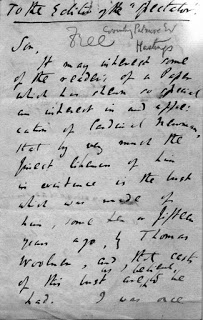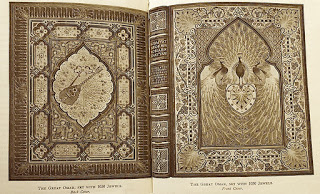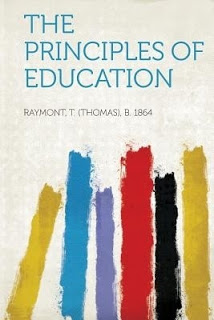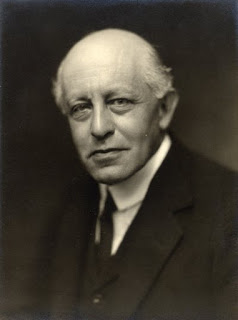Found in the bookseller's magazine Desiderata from September 1955 this piece reprinted from Atticus in the Sunday Times.
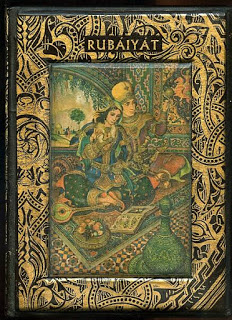
Teenagers may care to try to name the authors of the following 12 books:
An American Tragedy,
Babbitt,
The Canterbury Tales,
Gulliver's Travels,
Leaves of Grass,
The Old Wives' Tale
Utopia,
Vanity Fair,
The Origin of Species,
The Wealth of Nations
The Rubaiyat
Tom Jones
...then compare their standard of education with that of the average American college graduate, aged 21. According to a recent Gallup poll, 9% of graduates could not give the author of a single one, 39% could not name more than three, and 52% could name only four.
At least three titles may have dated too much since 1955 - An American Tragedy, Babbitt and The Old Wive's Tale - they could be replaced, say, by The Hobbit, To Kill a Mockingbird and Ulysses. It was a slightly odd list to start with (no Shakespeare, Dickens, Austen, Poe) but you have to start somewhere. Surely there must have been the occasional bright spark who could name the lot? 60 years on people constantly lament 'dumbing down' but it would be interesting to see if figures have greatly changed for the worse…


